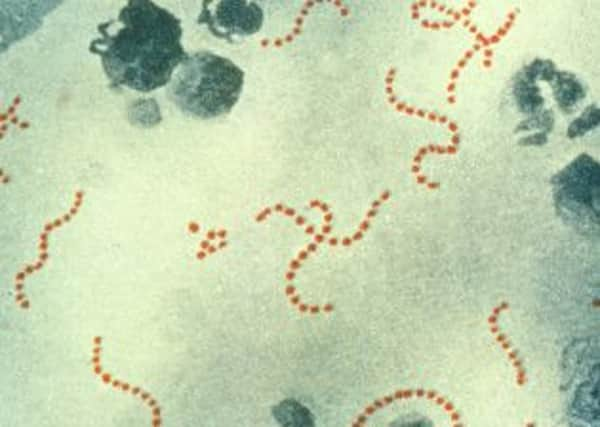Cases of scarlet fever double on last year


Between September and the middle of March 5,746 cases were reported throughout England compared to 2,833 from the same time in 2013-2014.
In West Yorkshire, Kirklees had the largest increase as a percentage and Leeds had the greatest number of individual cases, according to figures from Public Health England.
Advertisement
Hide AdAdvertisement
Hide AdA reduction of almost half was reported in Calderdale, while Wakefield’s figure increased slightly and the number in Bradford almost doubled.
Dr Theresa Lamagni, PHE’s head of streptococcal infection surveillance, said: “Given that the scarlet fever season should peak within the next few weeks, we should see a reduction in numbers soon, but in the meantime substantial numbers of people will continue to be affected.
“Historically, seasons of high incidence have been preceded by seasons of intermediate incidence and it remains possible that we will exceed last year’s exceptional high level of activity.
“The reasons behind this increase are unclear but may reflect long-term natural cycles in disease incidence.”
Advertisement
Hide AdAdvertisement
Hide AdMike Gent, consultant in communicable disease control for Yorkshire and the Humber PHE Centre, said: “Parents can play a key role in recognising when their child needs to be seen by their GP.
“Early signs to look out for are sore throat, headache and fever with the characteristic pinkish sandpapery rash appearing within a day or two, typically on the chest and stomach but then spreading to other parts of the body.
“Individuals who think they or their child may have scarlet fever should see their GP without delay as antibiotic treatment is needed.
“Symptoms usually clear up after a week and in the majority of cases remain reasonably mild providing a course of antibiotics is completed to reduce the risk of complications.
Advertisement
Hide AdAdvertisement
Hide Ad“As scarlet fever is highly contagious, children or adults diagnosed with scarlet fever are advised to stay at home until at least 24 hours after the start of antibiotic treatment to avoid passing on the infection.”
Scarlet fever mostly affects children aged two-eight.
Although it is much less serious than it had been in the past in can lead to complications if untreated.
There is currently no vaccine.